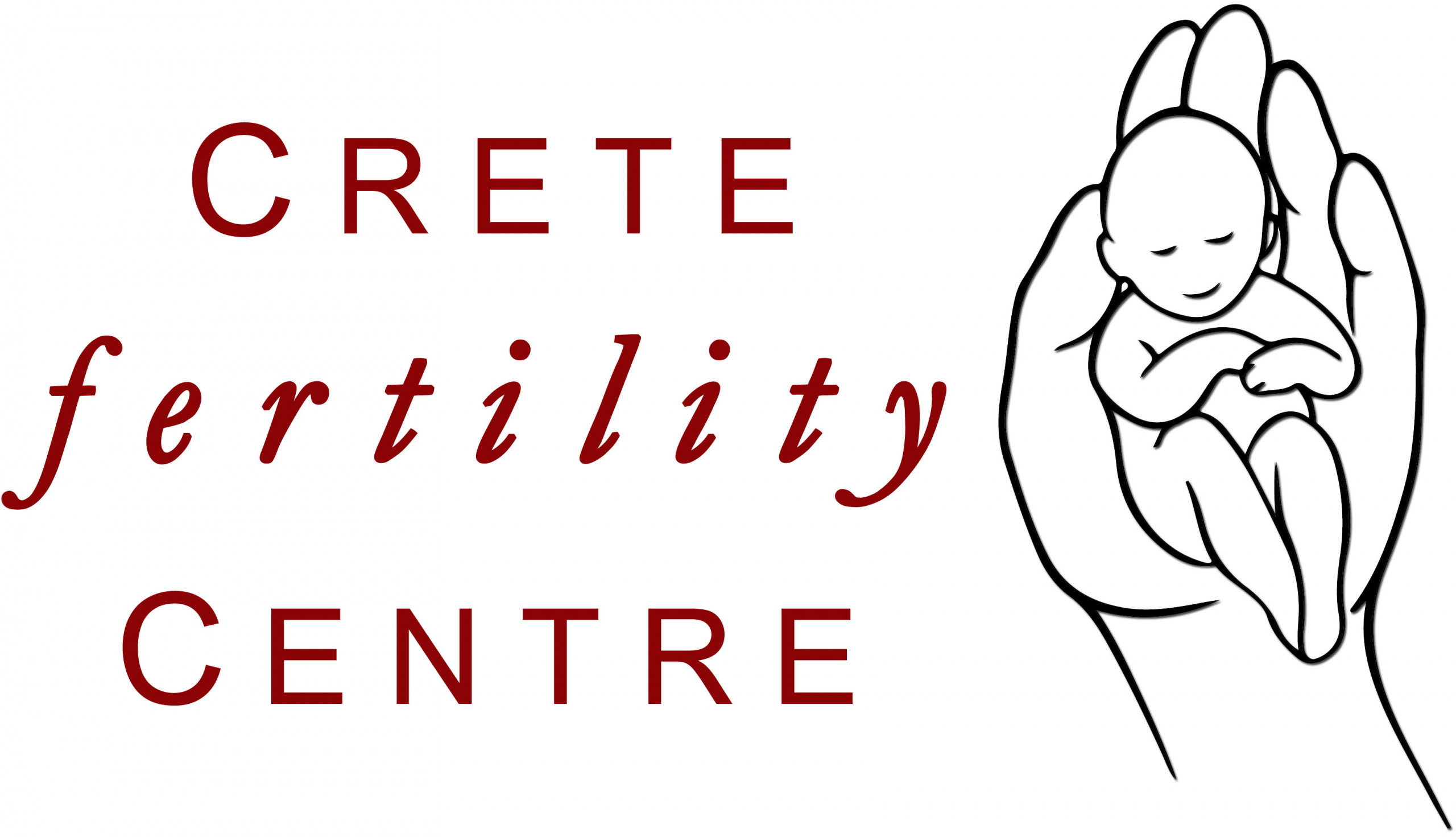10 common myths about in vitro fertilization, busted!

IVF or in vitro fertilization involves fertilizing the egg with the sperm in the laboratory, then reintroducing the early embryo to the uterus. In 1978, a breakthrough occurred for infertile couples, when biologist Bob Edwards and gynecologist Patrick Steptoe assisted in the birth of the first “test tube baby” Louise Brown, who was born through the assistance of in vitro fertilization (IVF). Since then, this technique has helped more than 5 million babies to be born.
World Embryologists Day (25th July) is celebrated every year to commemorate the birth of the world’s first IVF child, Louise Brown. The day is in honor of all the medical specialists in the field of reproductive medicine.
What are some of the myths and misconceptions surrounding IVF and other assistive reproductive techniques?
There are many myths and misconceptions surrounding IVF and other assisted reproductive techniques. However, the fact is that many of them are only due to lack of enough knowledge about these techniques. Clearing these misconceptions can help remove the social stigma associated with these procedures as well. Here are some such myths.
Myth 1 IVF) can resolve all infertility issues
There are many assisted reproductive procedures available today and IVF is just one of them. Some other procedures include ovulation induction (OI) with medications, Intra Uterine Insemination (IUI), etc. which can help childless couples conceive.
Myth 2 It is only for the rich
IVF is a little expensive but cheaper than many other surgeries. Its cost has, however,not risen in the last many years.
Myth 3 It is only for younger couples
Although age is a factor that determines fertility, this procedure can be as effective in ladies in the post-menopausal group as in younger ones. In the older age group, donor eggs from younger females are used. However, it should be kept in mind that the pregnancy rates in older women are lower as compared to younger women.
Myth 4 IVF has a 100% success rate
The success rate of IVF is about 40% in couples below the age of 35. Also, the success rate of IVF depends on factors such as age, cause of infertility, and biological and hormonal conditions.
Myth 5 IVF babies are born with birth defects and malformations
The absolute risk of delivering an IVF baby with malformations is low. The risk of an anomalous fetus in spontaneous or IVF babies is the same as in general population.
Myth 6 IVF) is not safe
It is a safe procedure with only about 2% of patients standing the risk of becoming unwell from ovarian hyperstimulation syndrome.
Myth 7 IVF leads to multiple pregnancies
Although there are cases of multiple pregnancies with this procedure, reducing the number of embryos transferred, particularly in younger women, can minimize this risk.
Myth 8 IVF requires a person to be admitted in the hospital
The hospital admission is only for few hours during the egg-collection procedure.The person is not required to be admitted for many days.
Myth 9 Donating eggs will deplete them
During menarche, a girl has over 400,000 eggs. Of these, only 400 are required in an entire lifetime. Every month about 20 of these are mobilized and only one or two grow to the point of being released during ovulation.About 18 to 19 of the remaining eggs die. IVF helps in sustaining the growth of these remaining eggs. Therefore, there is no chance of eggs getting finished through donation for IVF.
Myth 10 IVF pregnancies result in cesarean births
IVF pregnancies are just like naturally conceived ones and not an indication for cesarean section. Couples who have tried to conceive for many years or those with higher chances of a multiple pregnancy can opt for elective cesarean delivery. A very normal vaginal delivery is possible following IVF.
It is World Embryologists Day on July 25th. How far have we come as a society, in aiding couples yearning to have their own children?
When people have a successful bypass or a knee replacement, they proudly discuss it in social gatherings. However, there is a problem even with uttering the word IVF. According to statistics, only 10% to 20% of IVF patients are completely open with their families about wanting to conceive a baby through assisted reproductive techniques. There is still a misconception that babies born through these procedures are unnatural and the society is not very forthcoming towards such couples.
It is important to encourage couples to come out and talk about their fears and apprehensions, which will help them overcome this mental block. This can be done by introducing the concept of support groups and peer groups as in the West where people who have already had children through these techniques discuss and talk to would-be parents about their doubts and anxieties. Bloom IVF will be working with partners to build such networks/groups where couples can access such information and peer opinions. These can help them make empowered choices about safe, effective avenues to explore vis-à-vis the critical decision of expanding their families.
Source: Biotechin Asia




